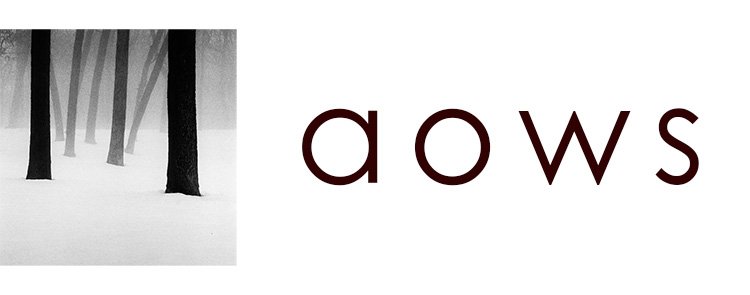Richard Avedon’s markup
Post-processing is one of the most controversial topics in photography these days, with some even dismissing edited photos as "digital art." This argument often comes from the idea that back in the film days, photography was more honest, and editing is a new thing.
History tells us a different story, though. Some big names in photography, like Ansel Adams and Bill Brandt, knew that what happened after the shot was just as important as taking it. Clicking the shutter was just another step in the very long process of crafting a masterpiece, which often required many hours in the darkroom perfecting the final print.
Other masters would use professional printers to bring their vision to fruition. Take Richard Avedon, for example. He handed his negatives to a master printer. This person would take Avedon's incredibly detailed notes and feedback and turn them into the final print. Now, that is even better than AI!
Perhaps, part of the criticism comes from the fact that the darkroom was once reserved for the most dedicated or the ones with the most resources. Today, anyone with a smartphone can tweak their photos -and it’s easy to overdo it.
Whether you prefer the simplicity of straight-out-of-camera shots or enjoy fine-tuning your images afterward, it is you who decides what to do and how to do it. Never let anyone change that.



